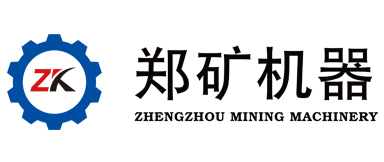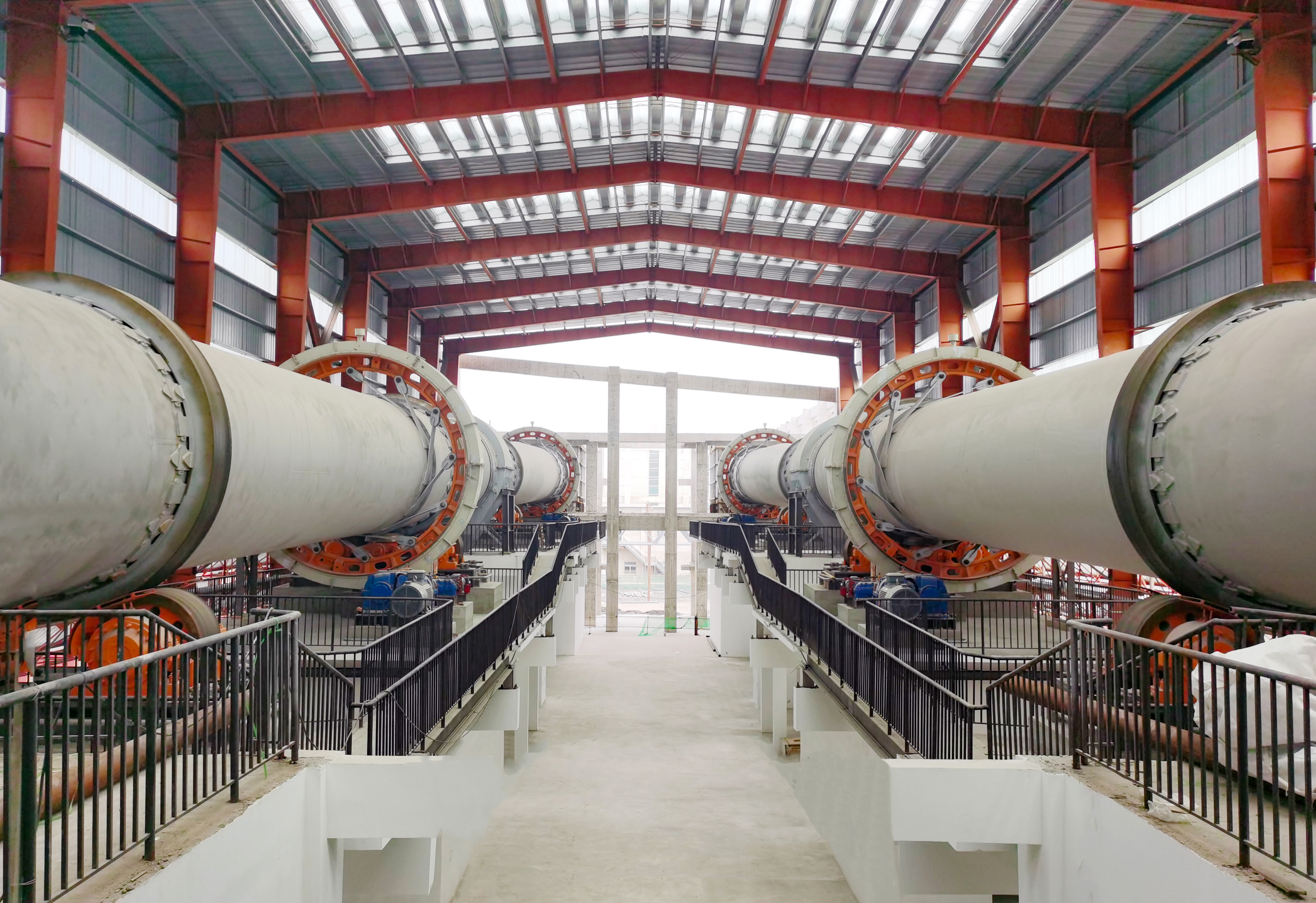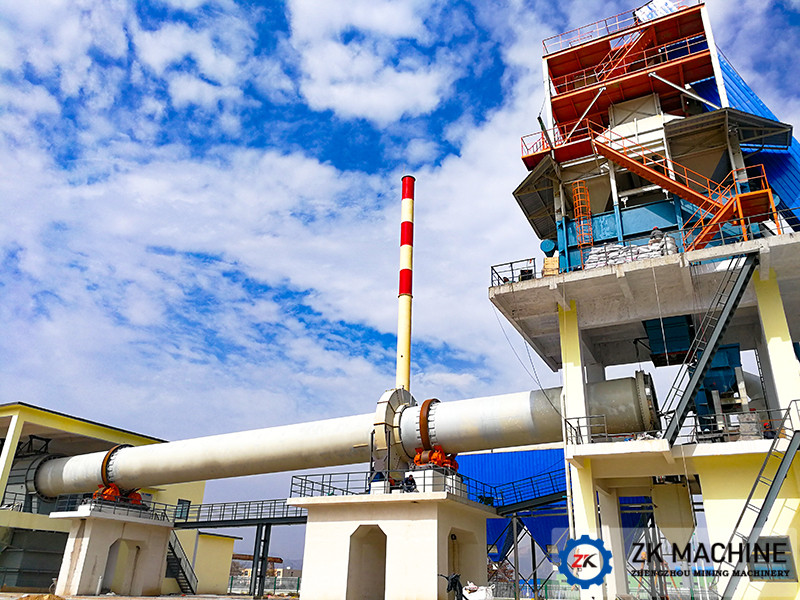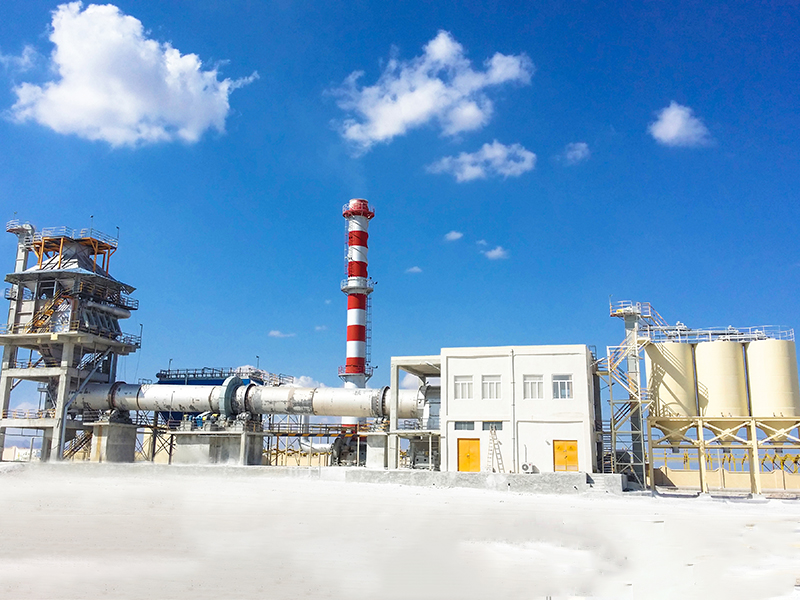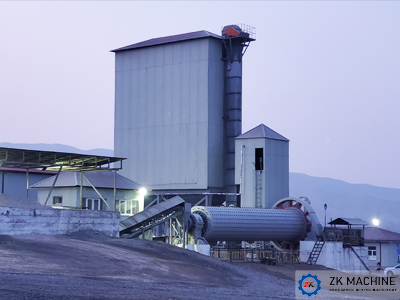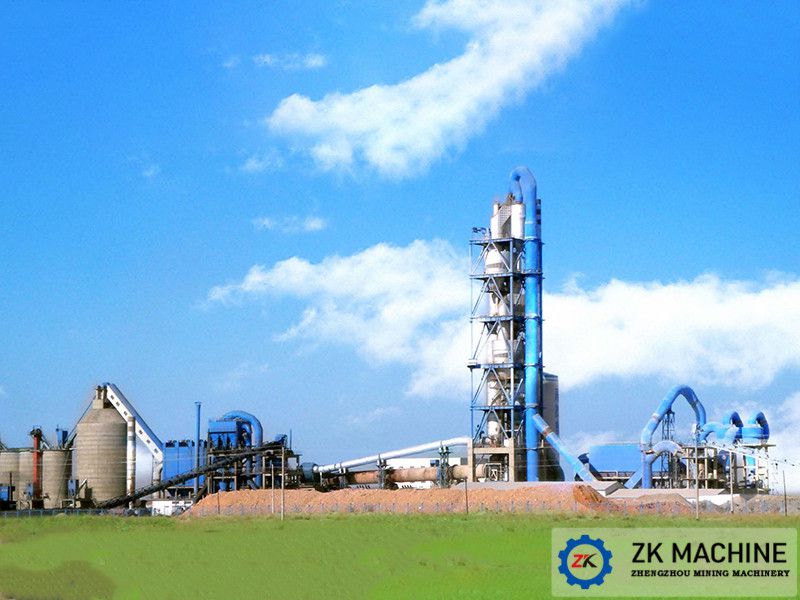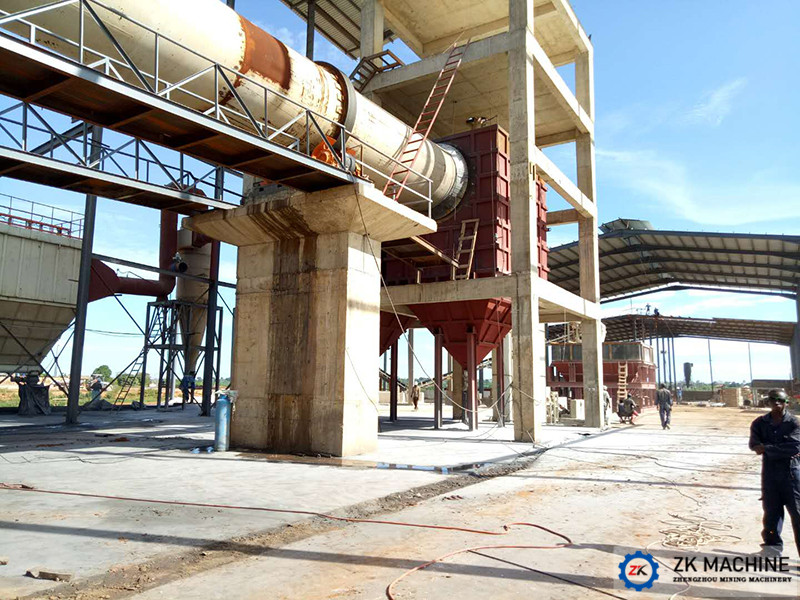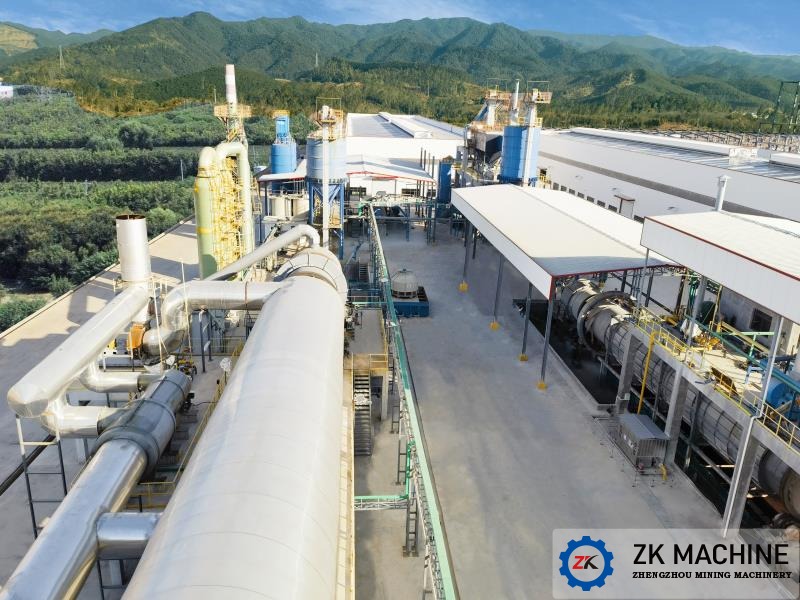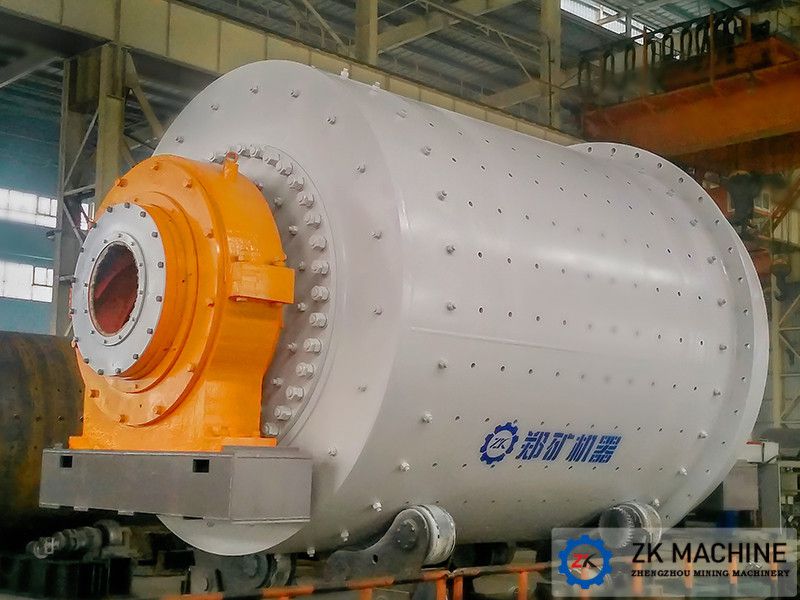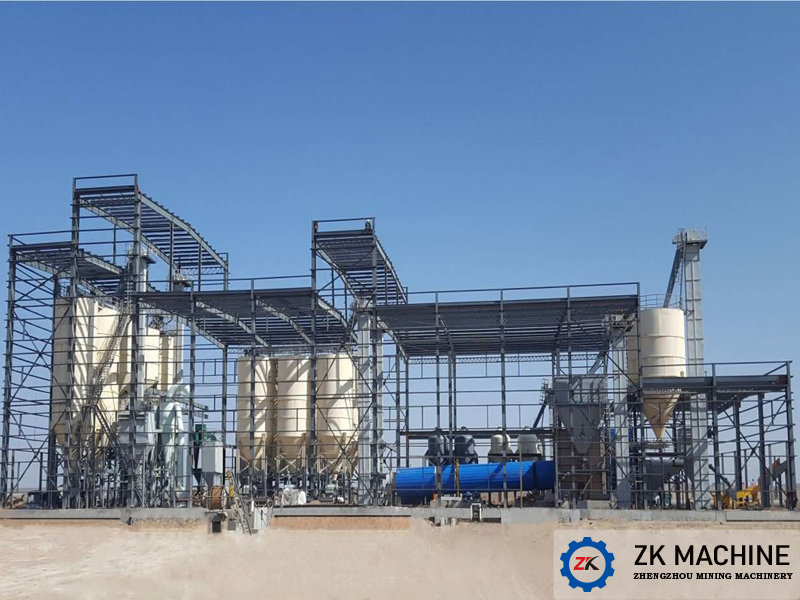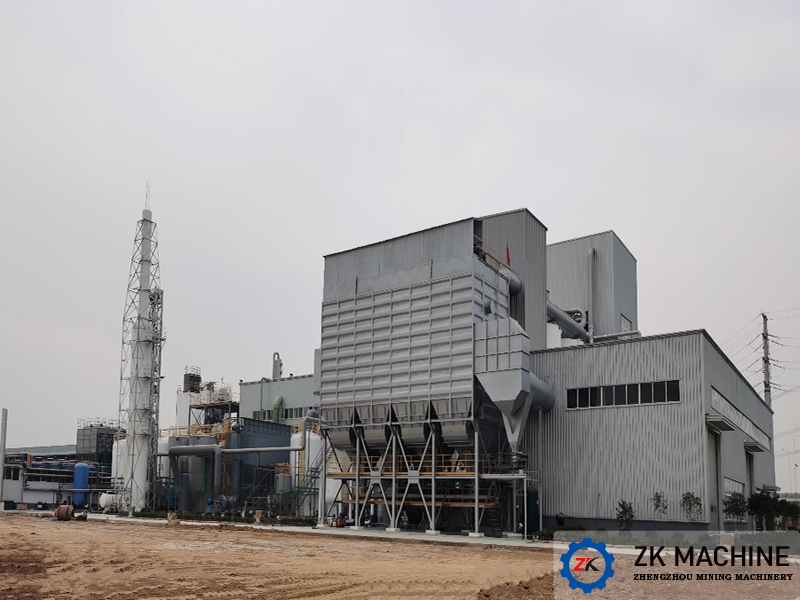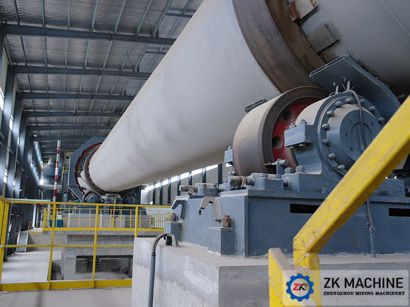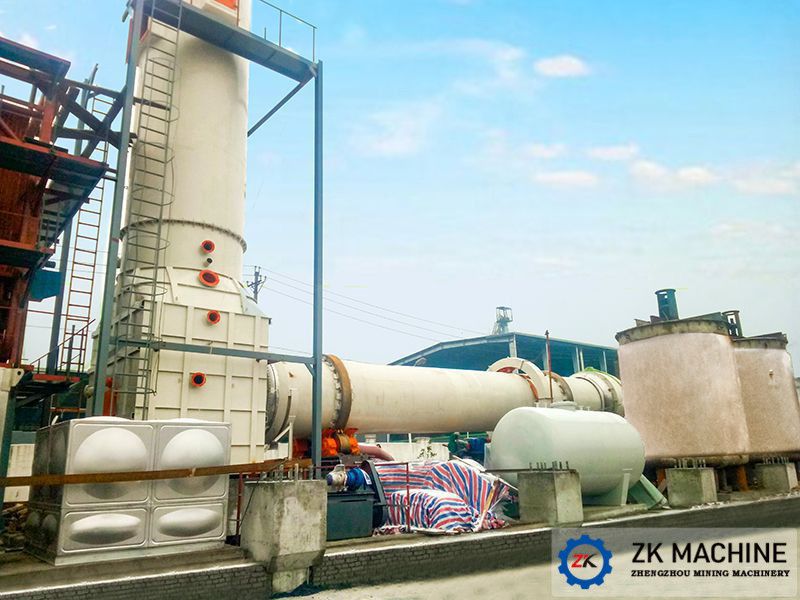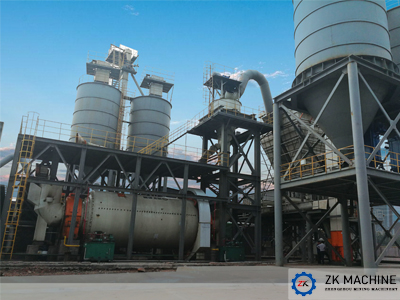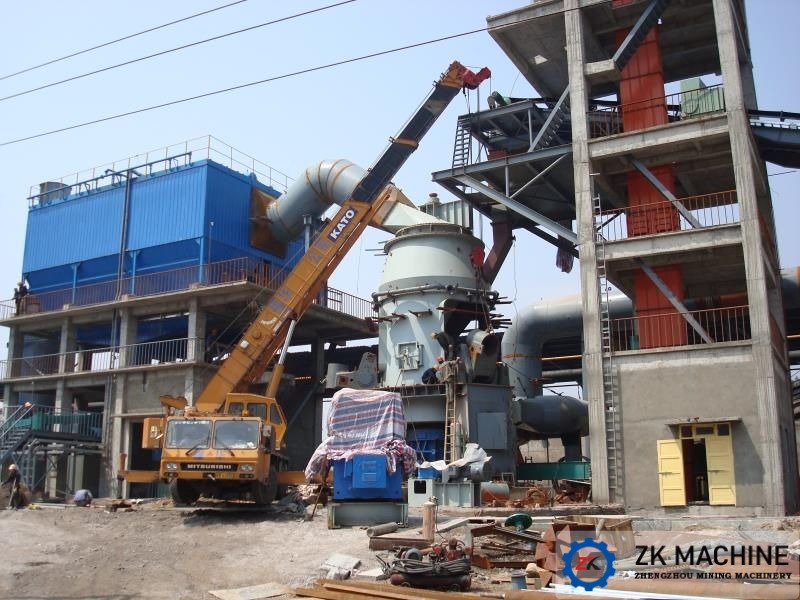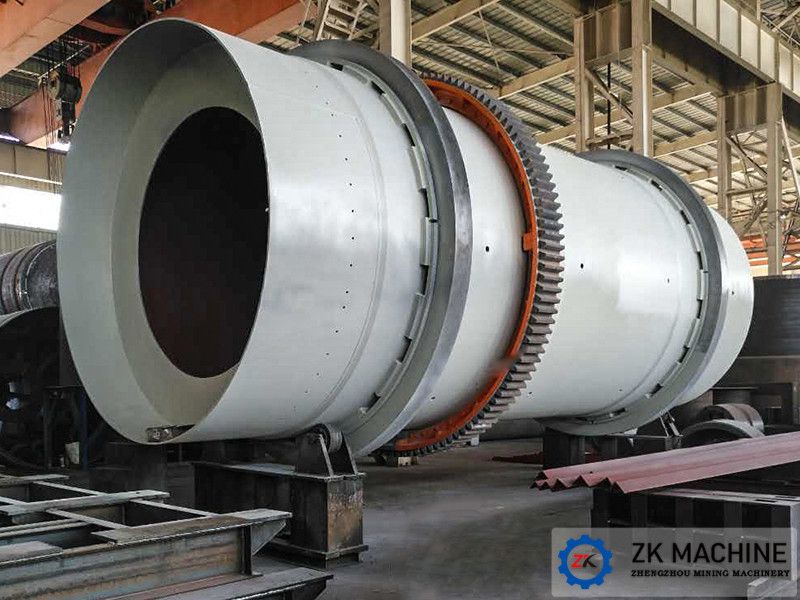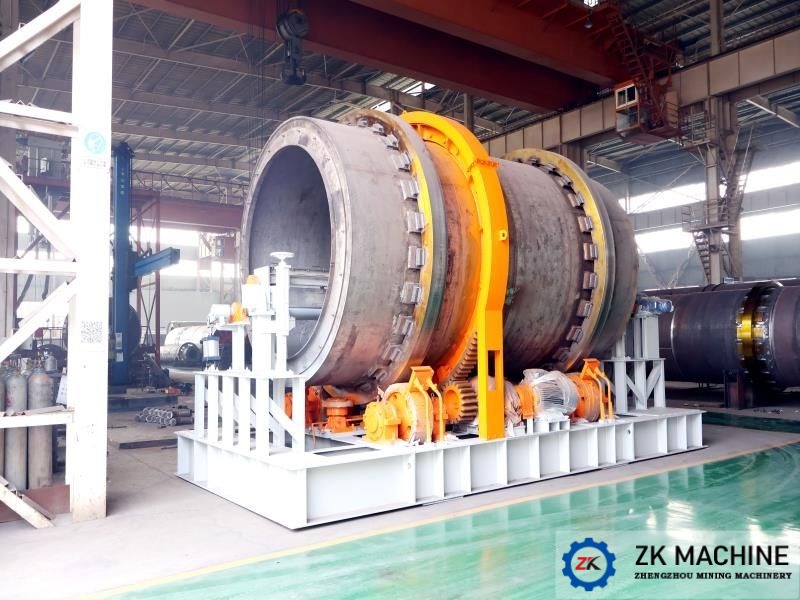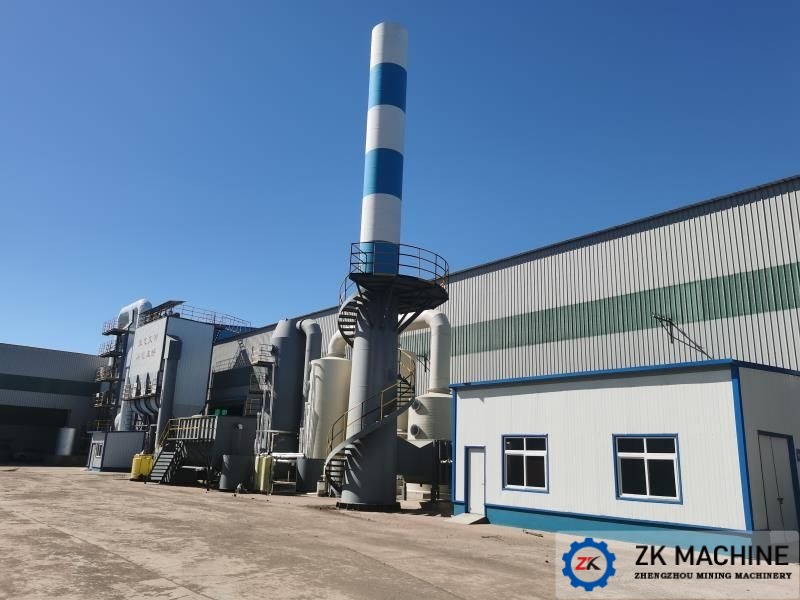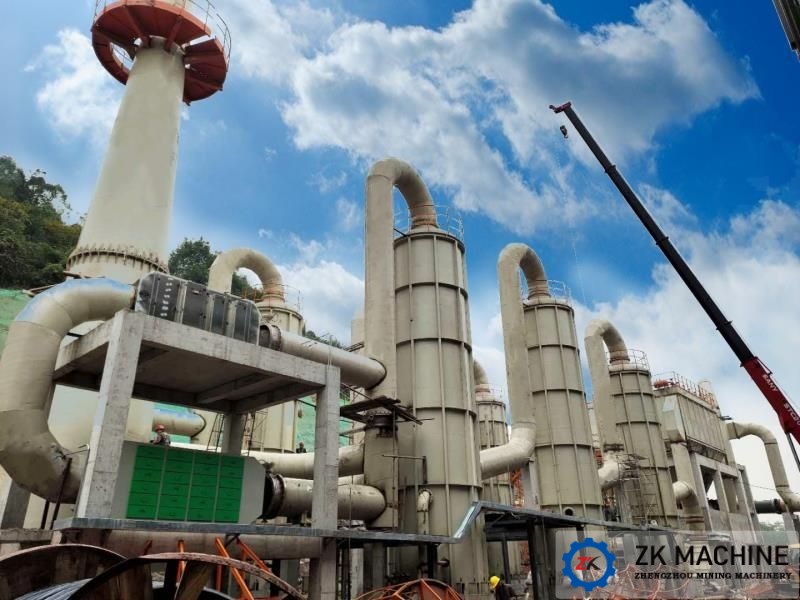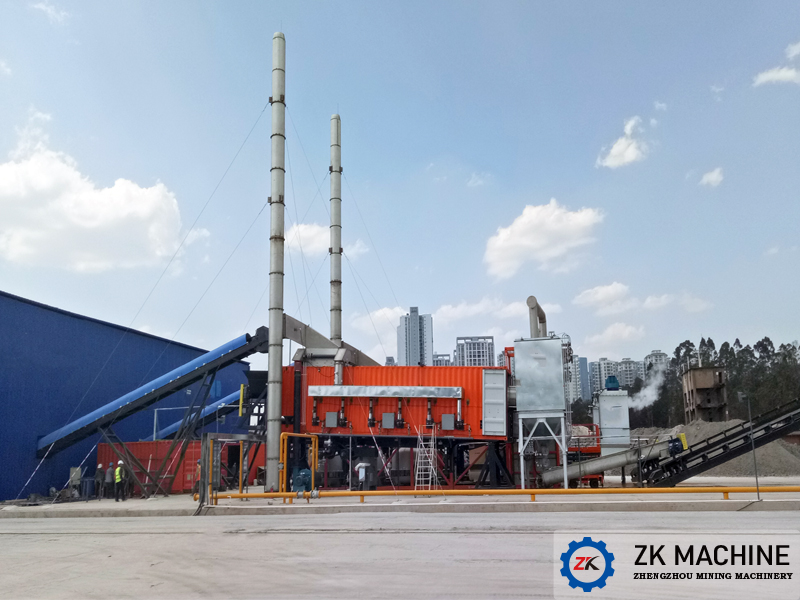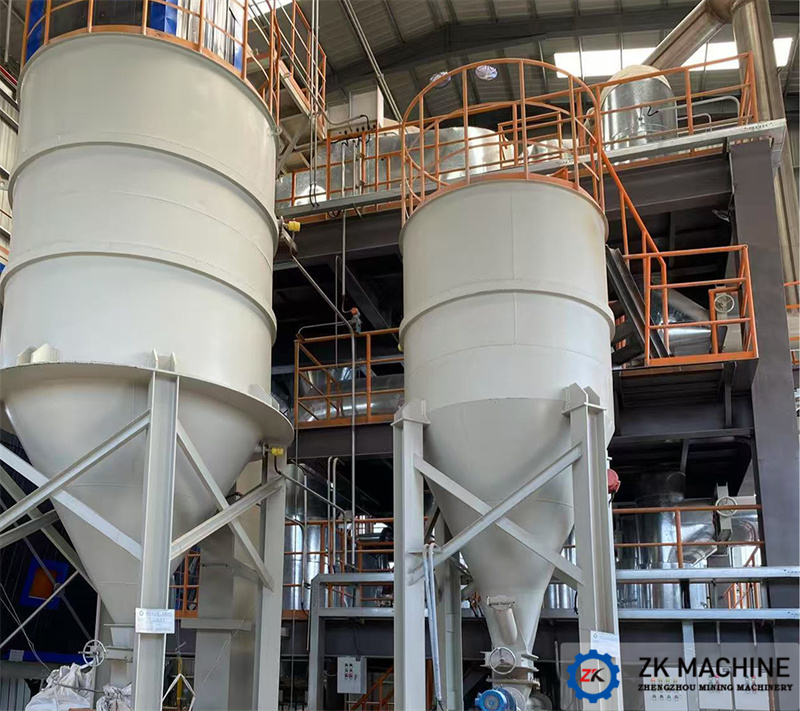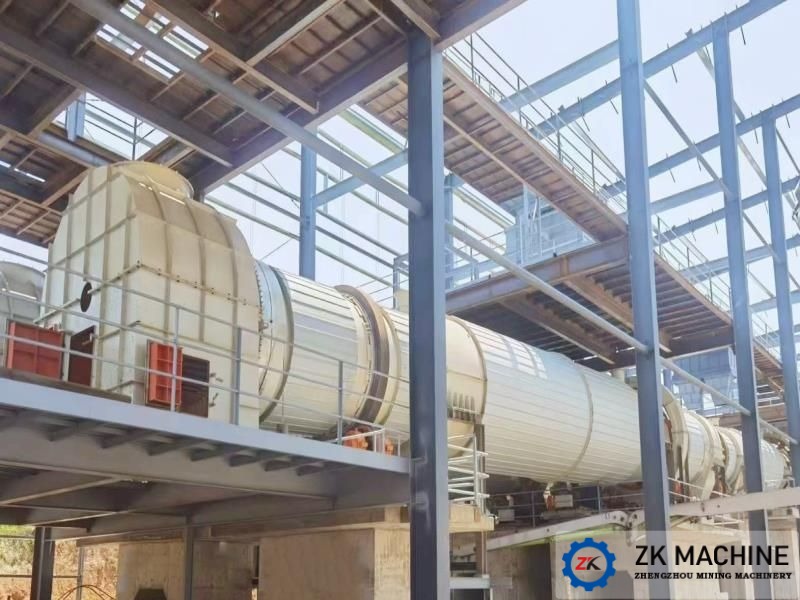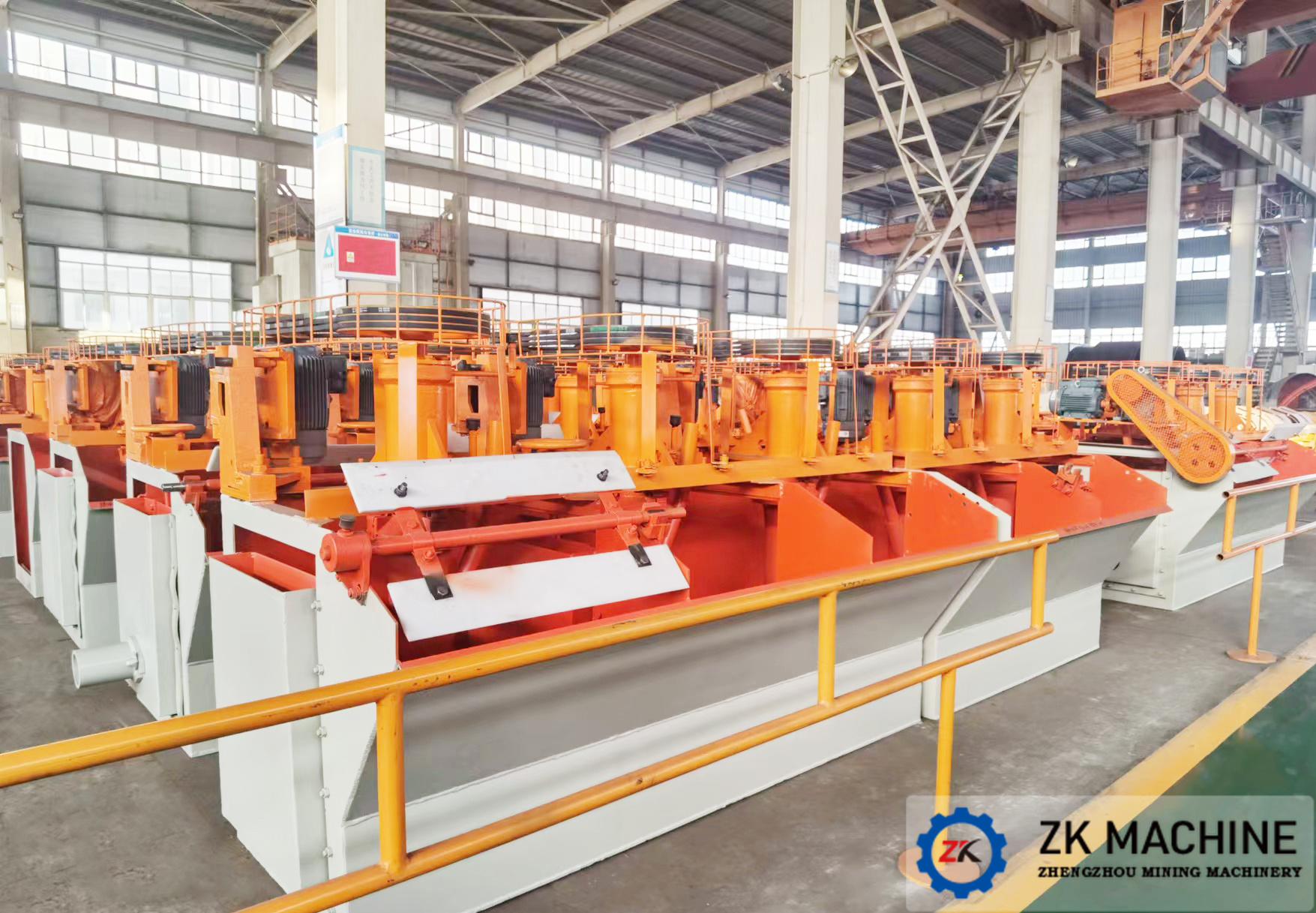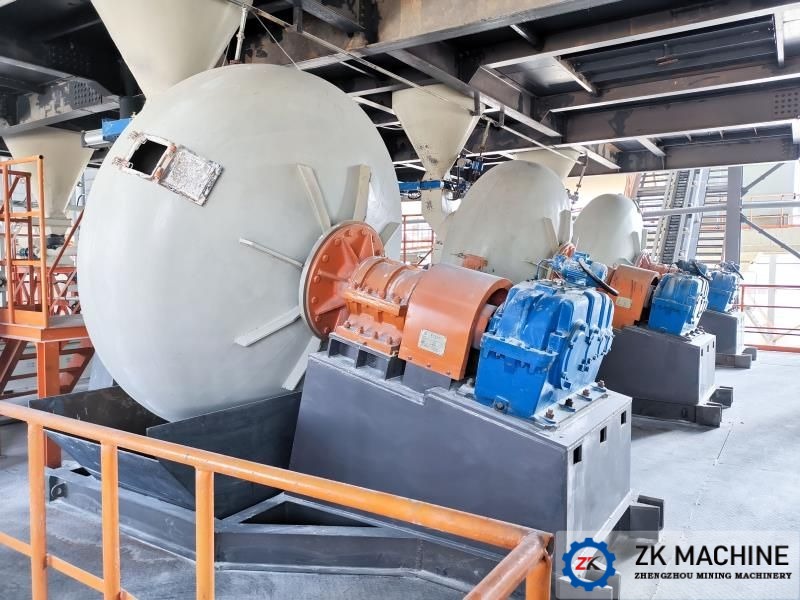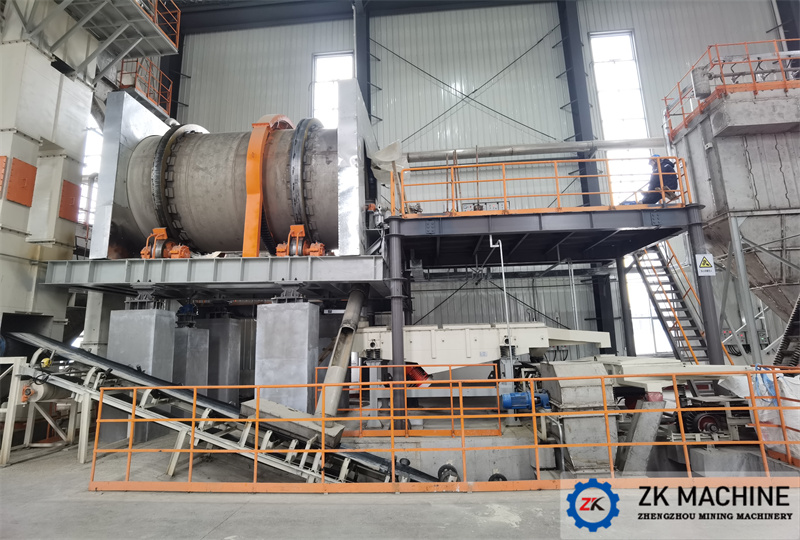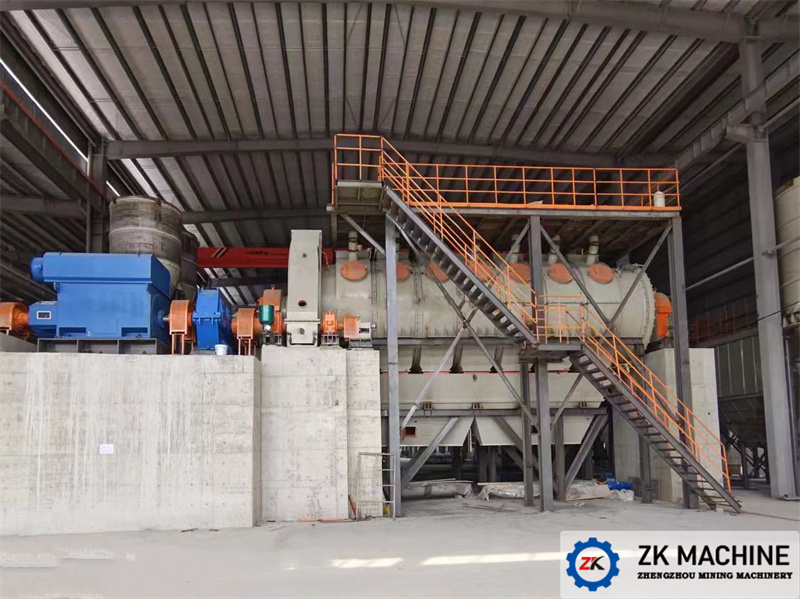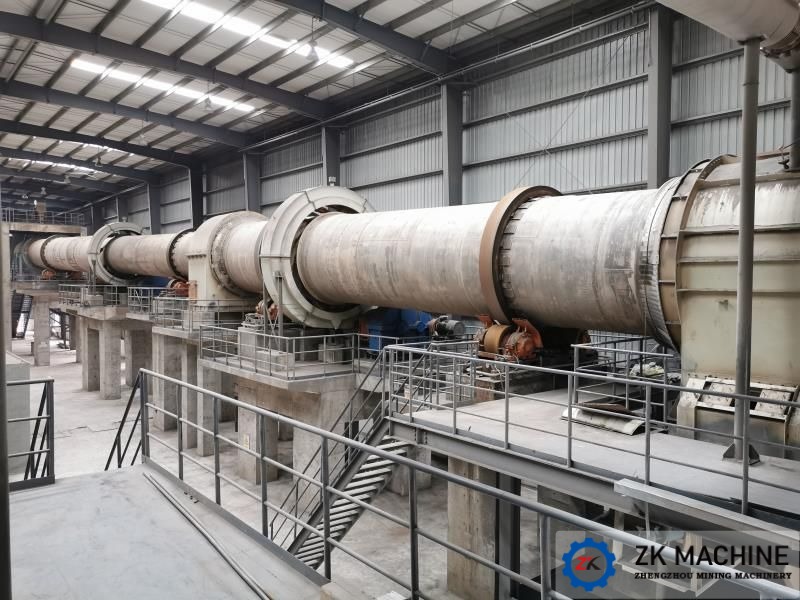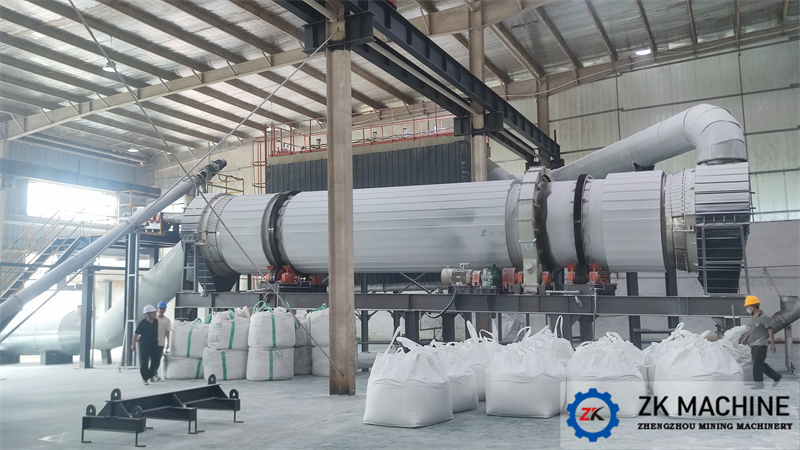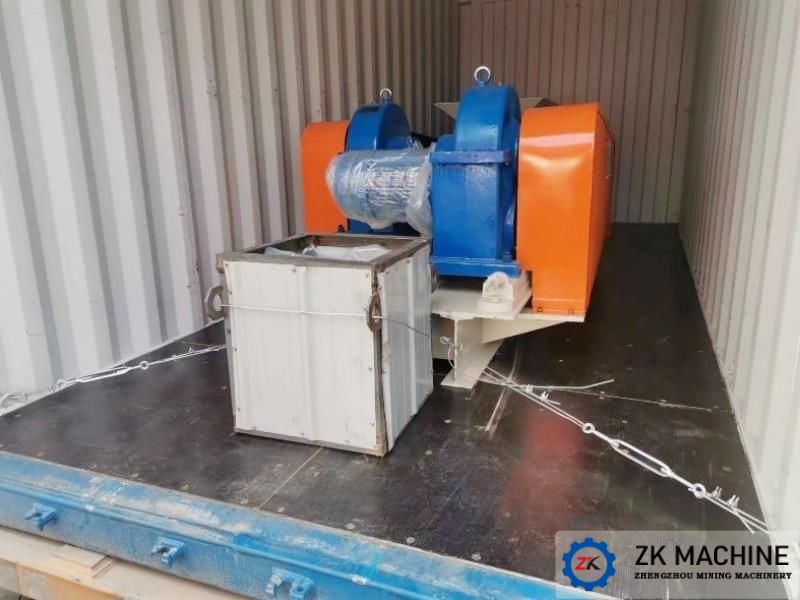How to Deal with Contaminated Soil
1. Definition of contaminated soil
1.1 Polluted soil is waste produced by modern industrial production. Due to unorganized discharge or failure of the discharge system, it seeps into the soil, causing changes in the physical, mechanical, and chemical properties of the soil, which directly affects engineering activities or is harmful to human health. The soil where animals thrive and plants grow is called polluted soil.
2. Classification of pollutants
2.1. Chemical pollutants. Including inorganic pollutants and organic pollutants. The former includes heavy metals such as mercury, cadmium, lead, arsenic, excessive nitrogen and phosphorus, plant nutrients, oxides and sulfides, etc.; the latter includes various chemical pesticides, petroleum and its pyrolysis products, and other various organic synthesis products, etc. .
2.2. Physical contaminants. Refers to solid waste from factories and mines such as tailings, waste rock, fly ash and industrial waste.
2.3. Biological pollutants. Refers to urban garbage with various germs and waste water, waste and manure discharged from sanitation facilities (including hospitals).
2.4. Radioactive contaminants. It mainly exists in areas where nuclear raw materials are mined and atmospheric nuclear explosions, where strontium and cesium are released in the soil for a long time.
3. Disposal methods of contaminated soil
3.1 At present, there are various repair methods for contaminated soil in the market, including in-situ repair, chemical repair, thermal desorption, etc., but the advantages and disadvantages are not very satisfactory. Henan Zhengzhou Mining Machinery Co., Ltd combines its own equipment advantages and industry experience to launch a new Harmless and resource-based treatment of polluted soil. That is, the contaminated soil is made into ceramsite through a rotary kiln. The heavy metals in the contaminated soil are solidified into the ceramsite after reaching the standard. In terms of exhaust gas treatment, a series of desulfurization, denitrification and dust removal processes meet the emission standards. The made ceramsite can be made into building wall color panels, filter materials and other resources for reuse.
3.2 Overview of the process for the disposal of contaminated soil by Henan ZK Corp
After the contaminated soil is removed from stone, coarsely crushed, finely crushed, batching, stirring, aging, granulating, calcining, and cooling, the building ceramsite is formed. Due to the high temperature stay in the rotary kiln for more than 30 minutes and the calcination at about 1100°C, some heavy metals in the contaminated soil will be packaged and redox reactions are carried out to form stable chemical elements, thereby achieving the purpose of solidification. The ceramsite produced can be used for building blocks, wall panels, bathroom backfilling, garage roof backfilling, roof leveling, square tiles, flower cultivation and other places. It can also achieve the purpose of stabilization while achieving resource utilization, preventing pollution. The disposal of soil points to a sustainable development path.
